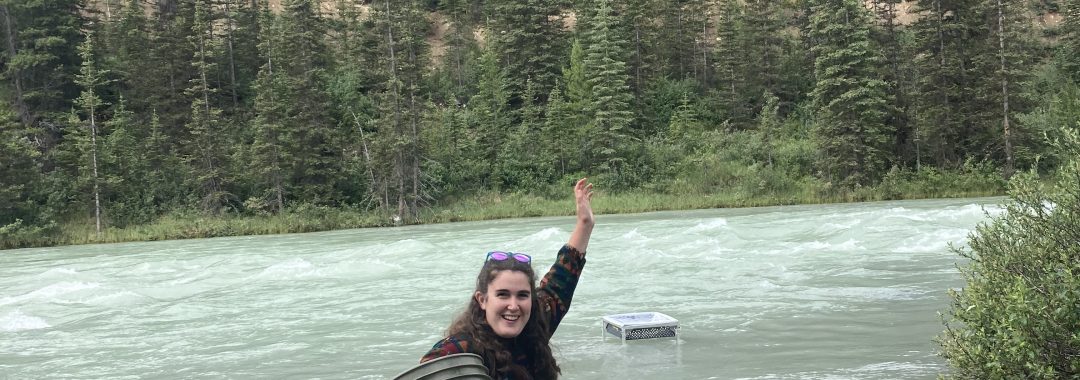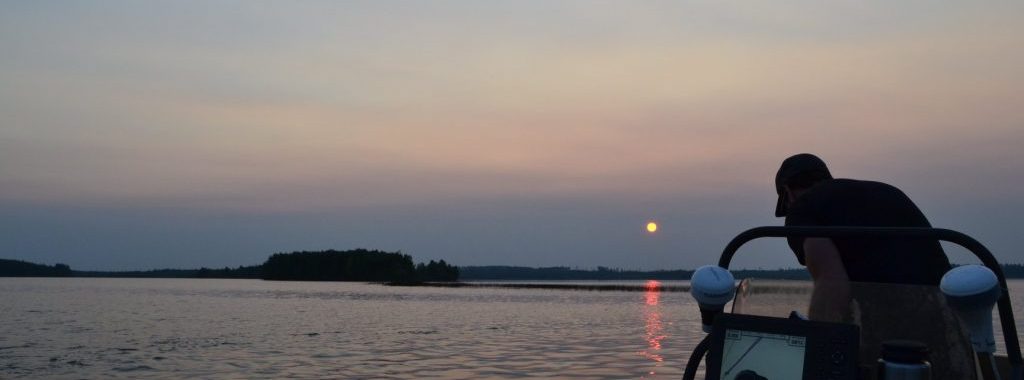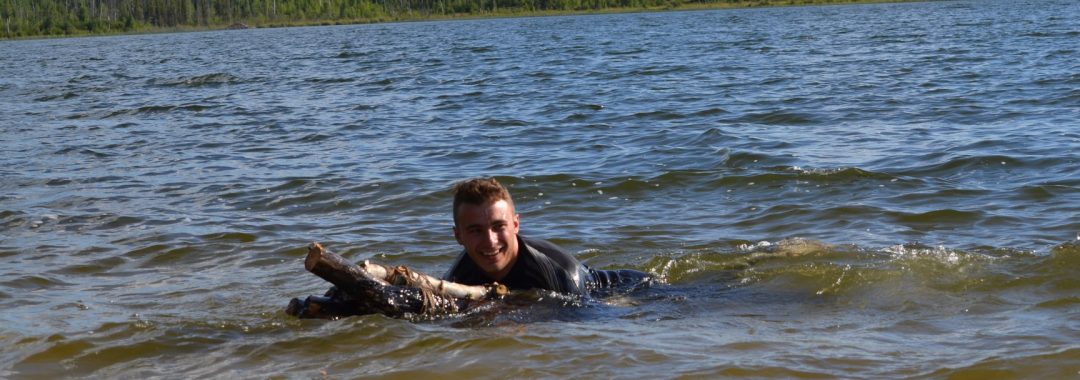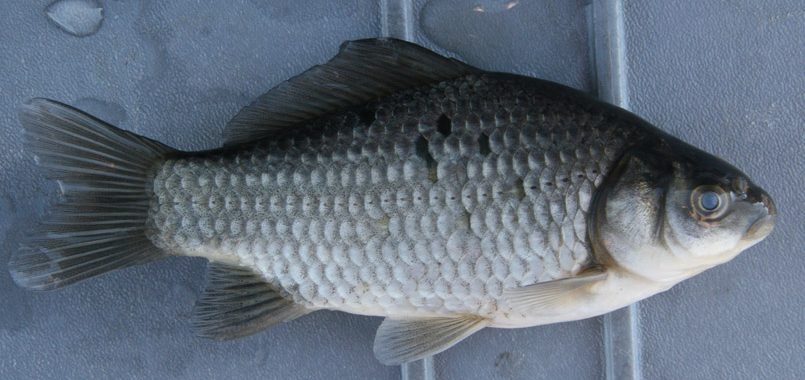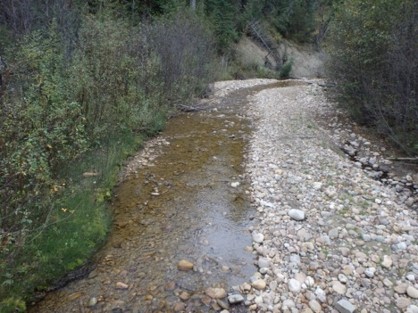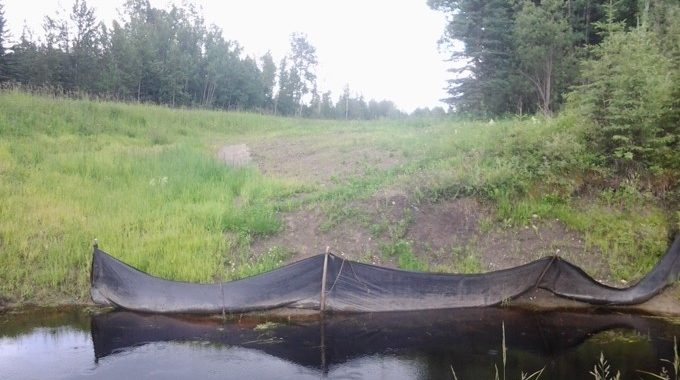Abstract:
Mitigation banking is part of the ever-expanding global environmental market framework that aims to balance negative approved anthropogenic impacts versus third-party provided ecosystem benefits, sold in the form of credits. Given the need to conserve freshwater biodiversity and habitat, banking has received great traction in freshwater systems. While extensive reviews and studies have been conducted on evaluating if equivalency between impacts and offset can be achieved, there is almost no research being done on the way credits are being generated. Synthesizing banking data through cluster analyses from 26 banks in the United States generating credits for freshwater species and systems, we show two dominant approaches: removing barriers and targeting whole communities. Both address crucial freshwater conservation needs but come with their risks and caveats. Using common characteristics and management practices within these two groups, we showcase and conclude that credit generation via barrier removal can be at risk of granting credit generation for too large of an area, leading to over-crediting. Banks targeting whole freshwater communities and accounting for landscape-level interactions and influences can potentially be detrimental for species on an individual level and large-scale credit availability as well as transfer can incentivize non-compliance with the mitigation hierarchy.
Citation: Theis S. and M. S. Poesch. (2024). What makes a bank a bank? Differences and commonalities in credit calculation, application, and risks in mitigation banks targeting freshwater fish species and associated ecosystems. Environmental Management: 73(1): 199-212.
Also Read:
*Lab members: Sebastian Theis, Mark Poesch. Check out opportunities in the lab!

